Settings. As a main Home Screen application, Settings is a text and list-based collection of iPhone-wide and application-specific settings, varying between on-off switches, sliders, buttons, and text entry forms. It hides a huge collection of important device features, including switches to turn on and off iPhone’s cellular, Wi-Fi, and Bluetooth wireless capabilities, change its default ringtone, wallpapers, and screen brightness, and tweak the behaviors of both Apple and certain third-party applications.
Friday, September 17, 2010
Settings, Messages, Mail, Compass, Maps and GPS, and Safari
The balance of iPhone 4’s applications are largely identical to the ones on iPhone 3GS apart from the impact made by their higher-resolution fonts and imagery. We note the basic features of these well-established apps, as well as iPhone 4 changes, below.

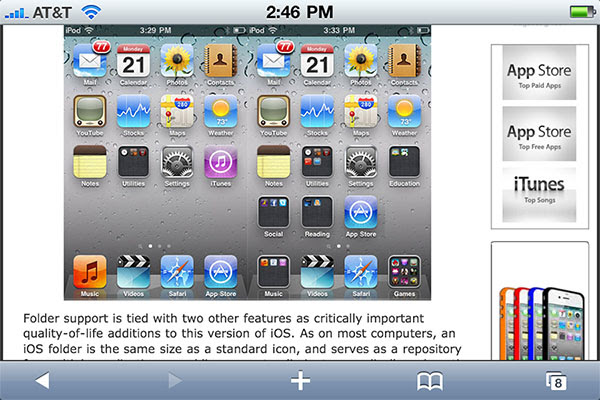
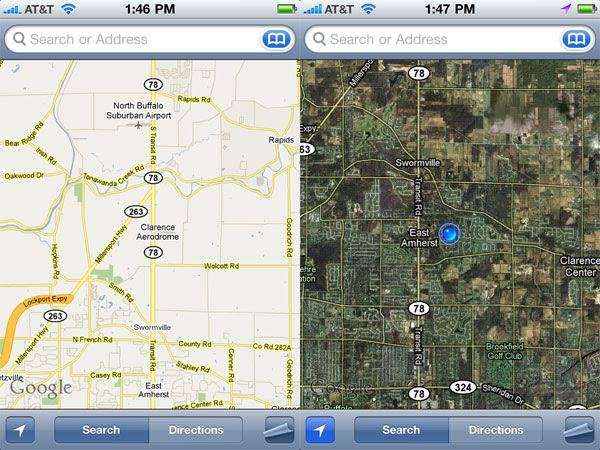
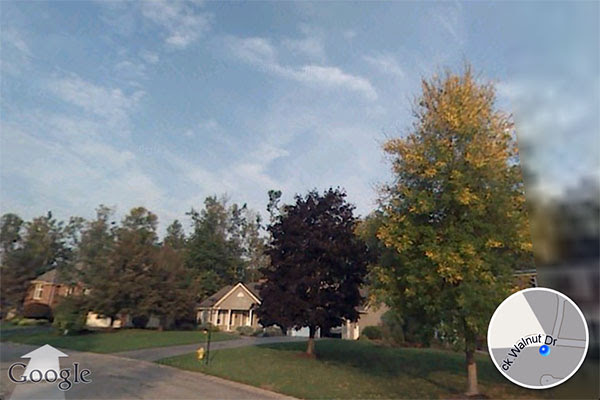
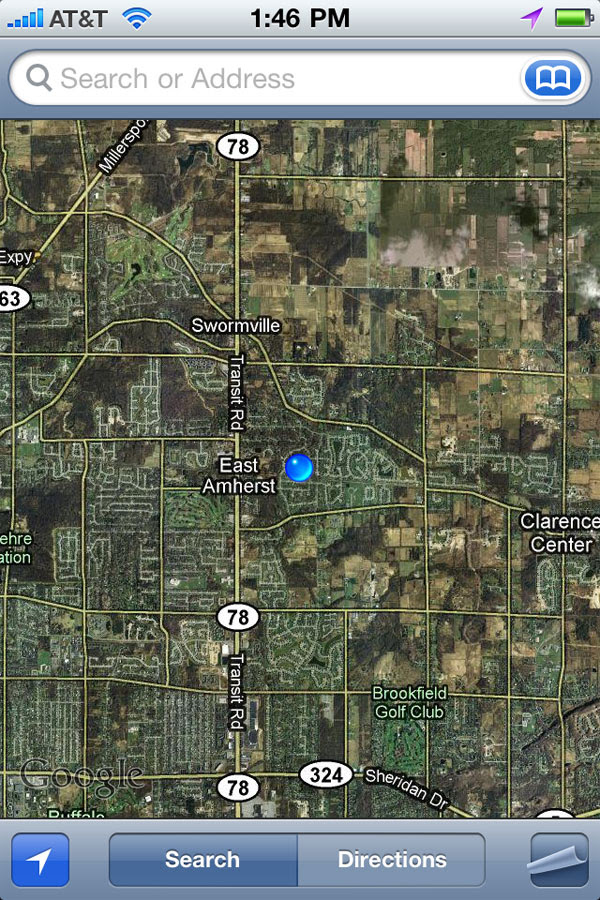
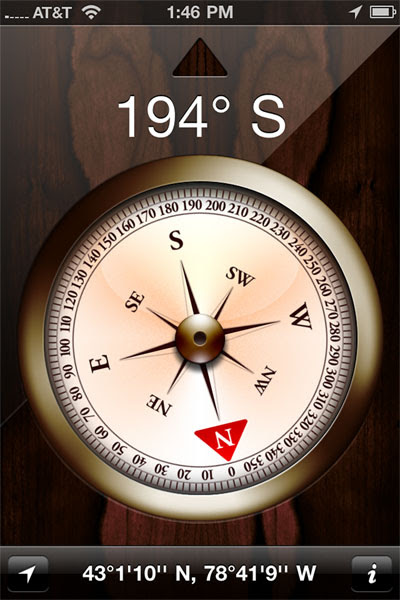
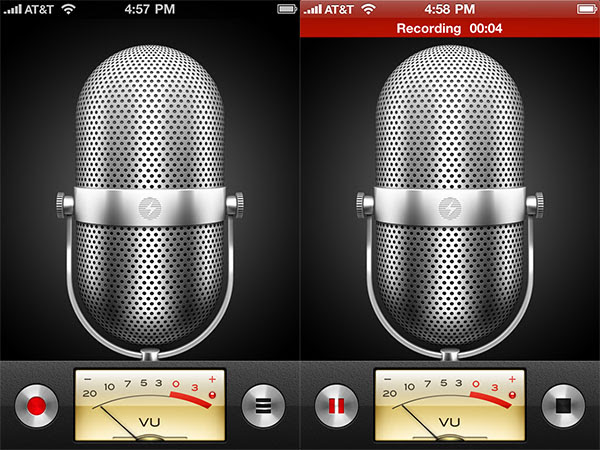
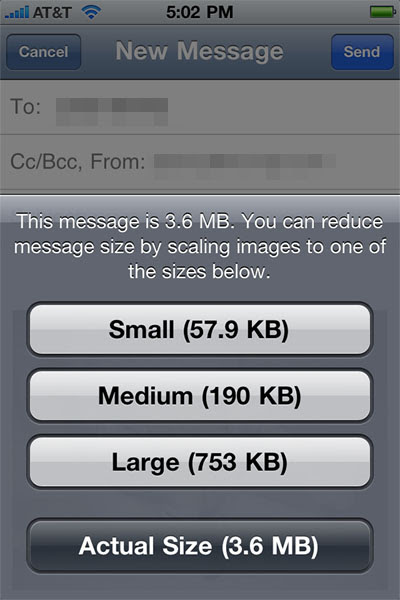


Settings. As a main Home Screen application, Settings is a text and list-based collection of iPhone-wide and application-specific settings, varying between on-off switches, sliders, buttons, and text entry forms. It hides a huge collection of important device features, including switches to turn on and off iPhone’s cellular, Wi-Fi, and Bluetooth wireless capabilities, change its default ringtone, wallpapers, and screen brightness, and tweak the behaviors of both Apple and certain third-party applications.
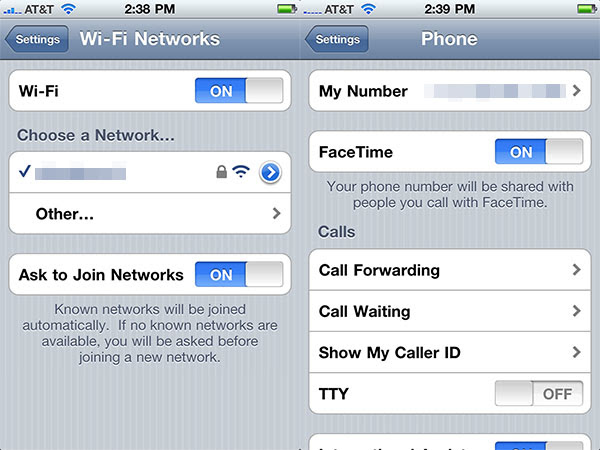
Settings. As a main Home Screen application, Settings is a text and list-based collection of iPhone-wide and application-specific settings, varying between on-off switches, sliders, buttons, and text entry forms. It hides a huge collection of important device features, including switches to turn on and off iPhone’s cellular, Wi-Fi, and Bluetooth wireless capabilities, change its default ringtone, wallpapers, and screen brightness, and tweak the behaviors of both Apple and certain third-party applications.
Subscribe to:
Post Comments (Atom)
Asmaul Husna 99 Beautiful Names of Allah

No comments:
Post a Comment